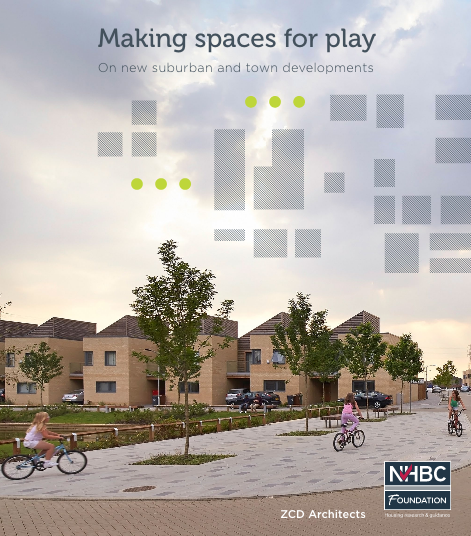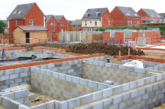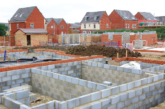
A new study by ZCD Architects, supported by the NHBC Foundation, found that the design of neighbourhoods can influence the way space is used for play and wider social use by all ages.
The study, Making spaces for play: on new suburban and town developments, used a new mapping approach to look at seven housing developments across England. The mapping exercises carried out on each development explored whether homes had safe, direct access to external space, the availability of car-free networks to promote safe walking or cycling, and whether street layout encourages social interaction.
This study gives new insights on how the design characteristics of neighbourhoods influence the amount of children’s play observed. Significantly, the mapping approach allowed ZCD Architects to predict social outcomes in terms of play at an early point in planning, and steer towards characteristics that are beneficial.
At a development which recorded high scores on the mapping exercise, some children played continuously for several hours. However on developments with lower mapping scores the number of children playing showed a tendency to decline for the longer periods of continuous play. No unsupervised play was recorded on the development with the lowest mapping score.
Commenting on the report, ZCD Architects Director Dinah Bornat said: “The analysis in this study shows that overall social use of space may increase by 50% or more on housing developments where child-friendly approaches to neighbourhood planning are incorporated, compared to those where such features are absent.”
Neil Smith, NHBC Head of Standards, Innovation and Research added: “This pilot study puts forward an approach that could allow housebuilders to consider play at the earliest stages of design and opt for characteristics that can contribute to good social outcomes for communities.”








